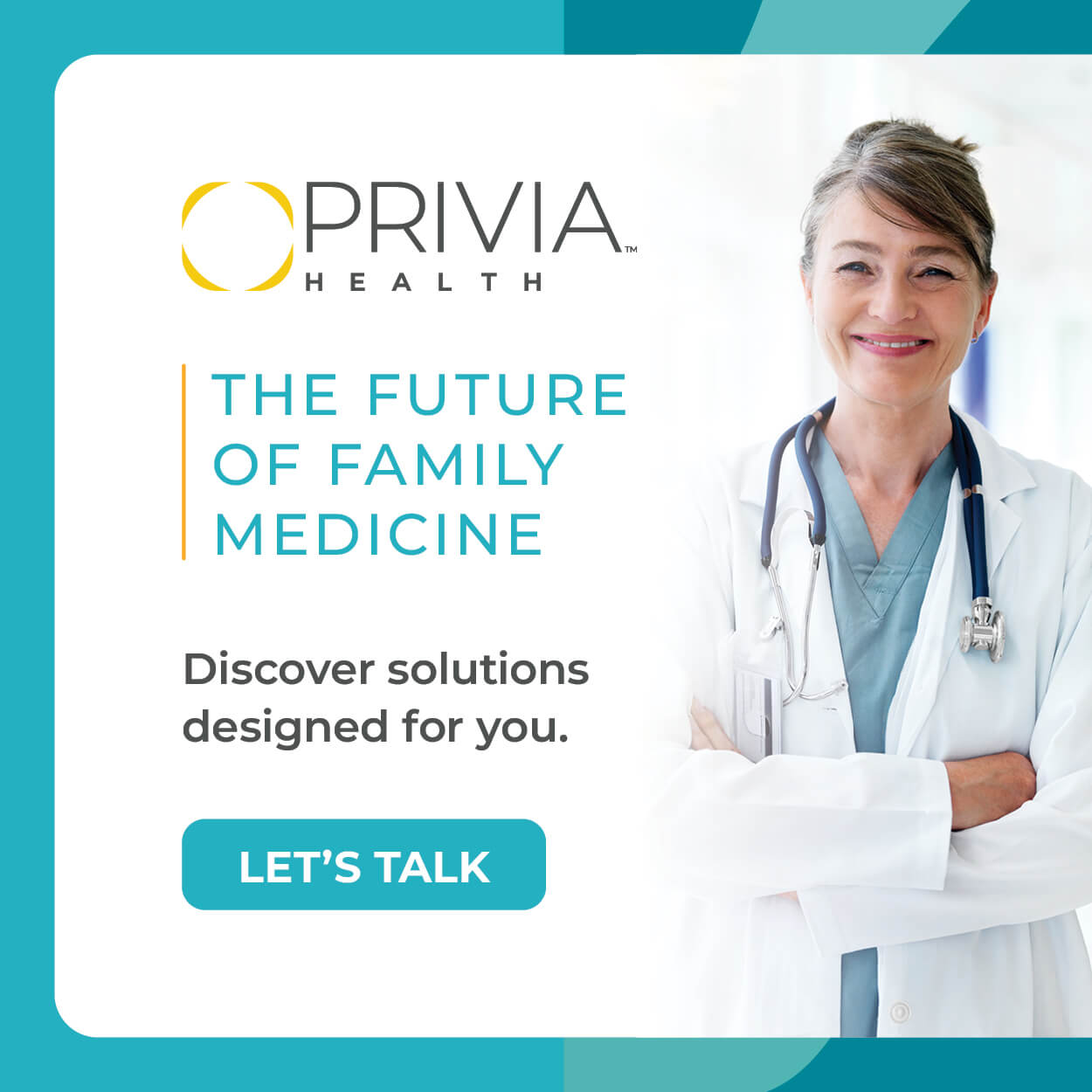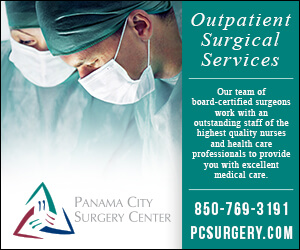
Healthcare Reform is Coming
May 31, 2019In hopes to end surprise medical billing, Senate health committee chairman Lamar Alexander (Tennessee) and member Patty Murray (Washington) introduced a draft package of legislation. The draft package aims to cut healthcare costs, starting with surprise medical billing and drug…












